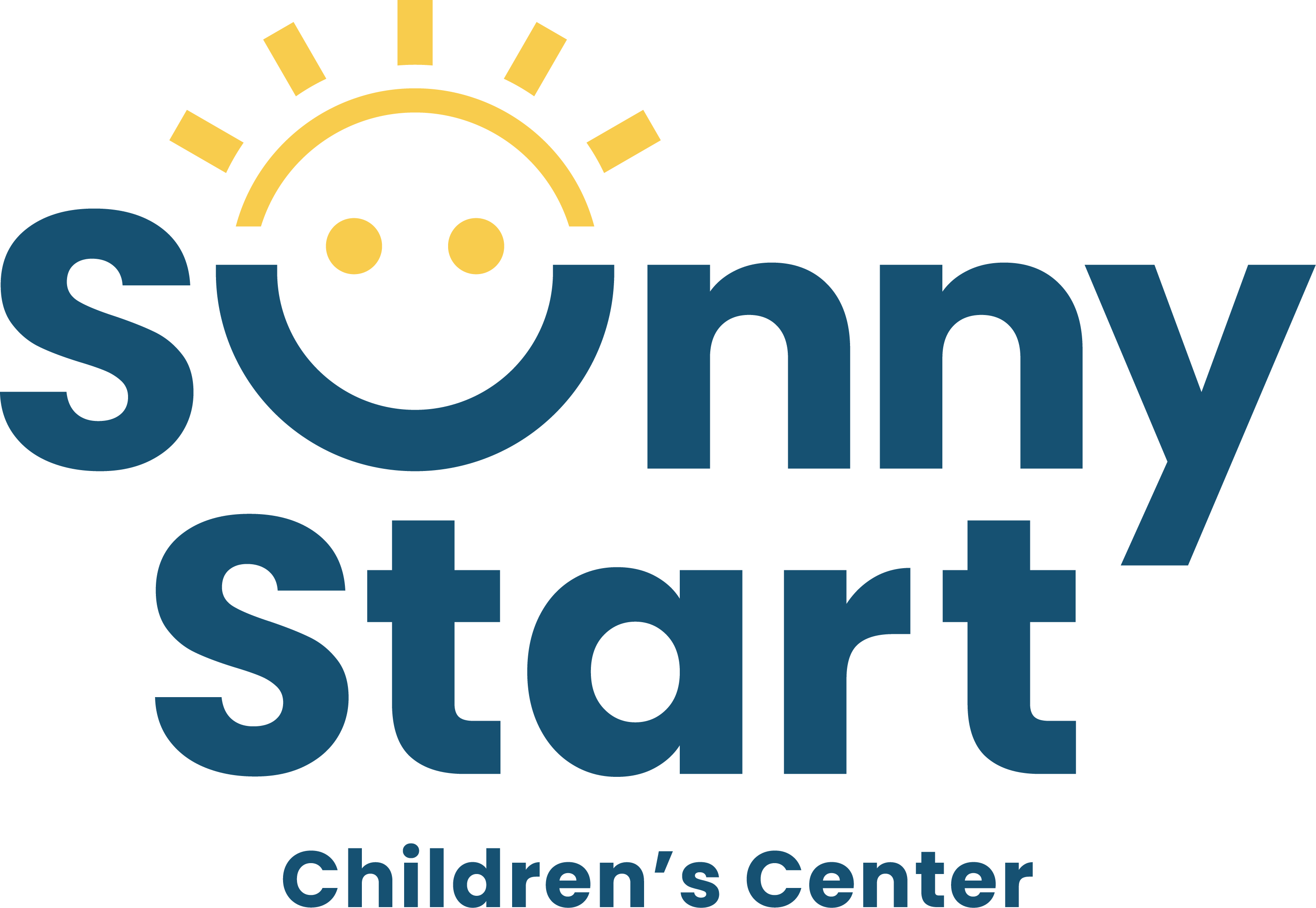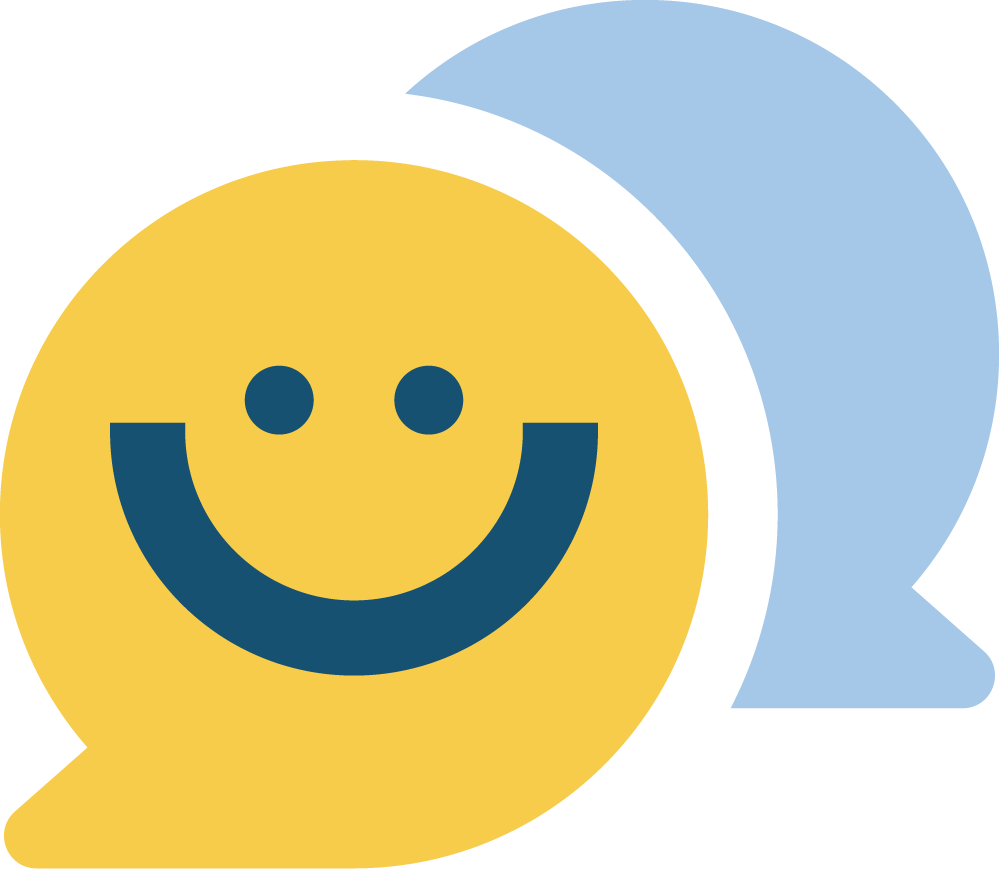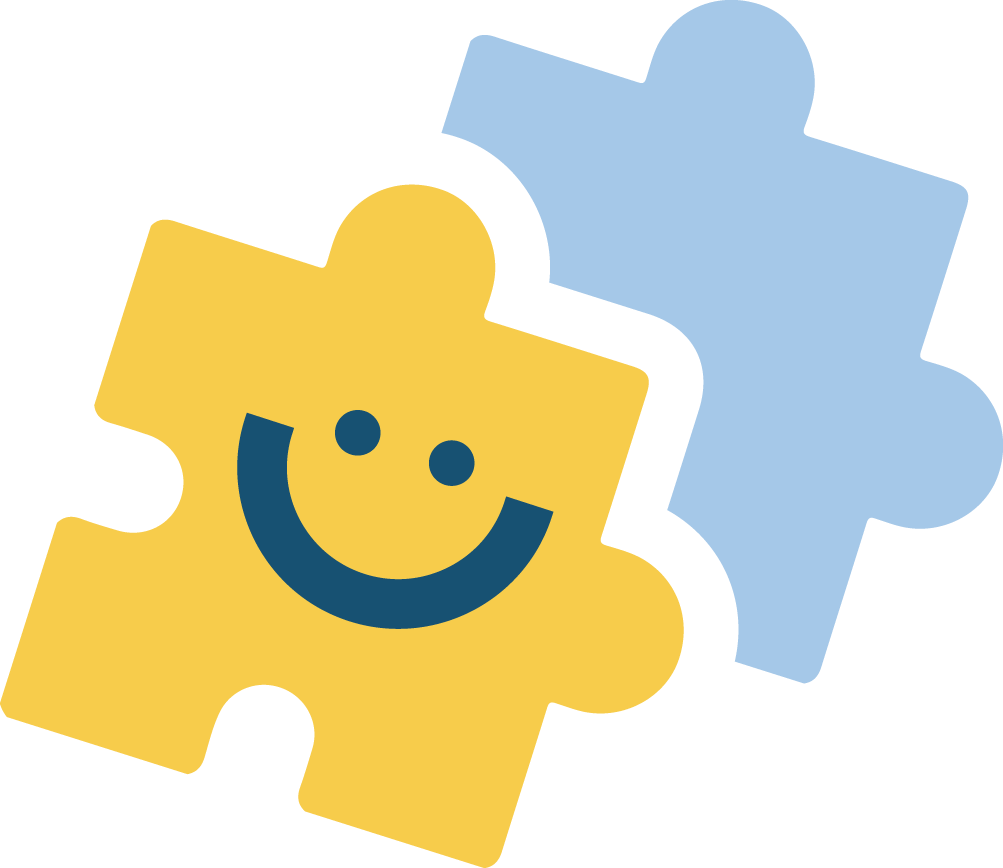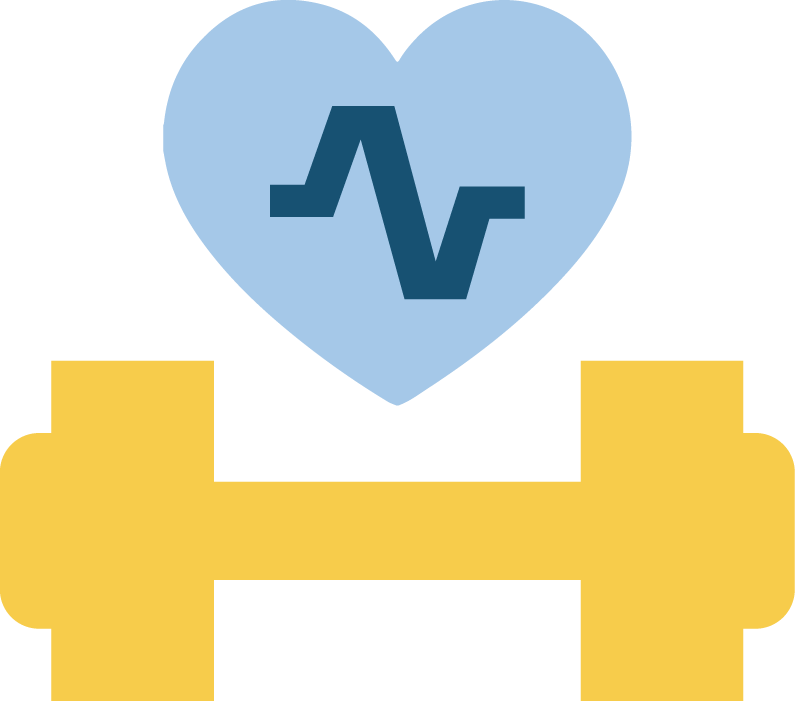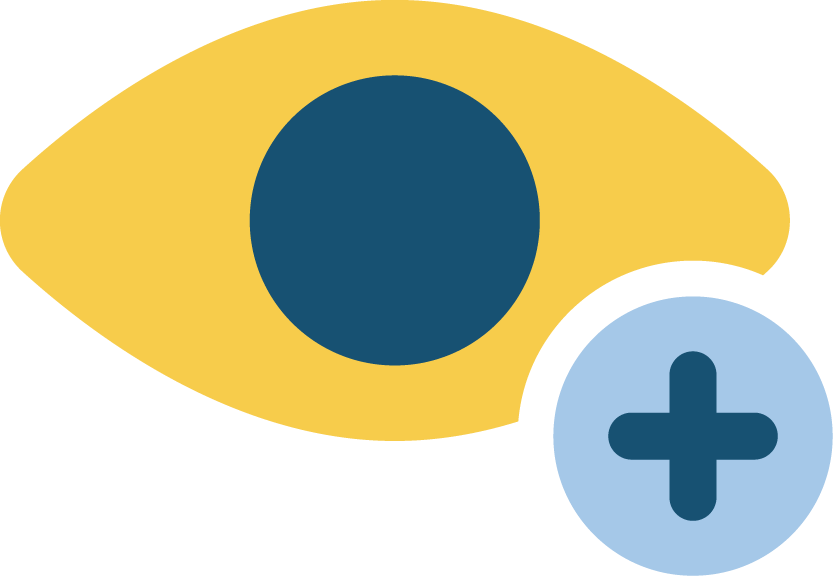How We Work
Sunny Start makes therapy simple and easy. From
consultations to personalized plans, we provide expert
guidance to ensure you receive the support you need.
● Onboarding
Our Process
Our multidisciplinary team ensures that all aspects of the child's development are considered in his or her program plan.
01
Family Pathway Consultation
A conversational session with a clinical assistant or therapist to learn about your child's background, specific needs and family goals to provide personalized service recommendations.
03
Therapy Program
The treating therapist consolidates a holistic, individualized program plan for the child and works with a Sunny Start admin to create a therapy schedule.
05
Intake Form
To ensure that we have sufficient background information and consent to share photos and release confidential information, we ask all parents to fill out an intake form.
02
Initial Consultation
Direct face-to-face time between the treating therapist and the client. Time and activities vary depending on the type of therapy.
04
Payment
& Scheduling
A Sunny Start admin sends out quotation to parents and schedules continuous sessions at the child's school.
● Frequently Asked Questions
General FAQ
Find answers to common questions about Sunny Start's services. If you can't find the answer you're looking for, please contact us!
At Sunny Start, we provide therapy where the child learns best. When therapy is provided at school, a child's most natural learning environment, they can apply learned skills in real-life situations. Our approach ensures direct collaboration with teachers, staff, and families to support carryover skills throughout the day across different settings.
School-based therapy allows for real-life application of skills within natural environments, direct collaboration with teachers and staff for better support, natural peer interactions for improved social communication, and more practice opportunities to apply learned skills. Many families also find this more convenient, as it eliminates extra travel for outside appointments.
Before working with a child at school, we ensure parental consent is obtained. Therapists collaborate closely with teachers by providing classroom strategies that integrate therapy goals into daily activities. Depending on staff availability, we also work directly with teaching assistants (TAs) to guide them in supporting the child’s development throughout the school day. This includes modeling techniques, practicing intervention strategies, and providing feedback to ensure consistency. Regular check-ins and shared strategies ensure continuous support across settings.
If a teacher or parent has a concern regarding the child's speech, language, vision, or general development, it is a good idea to reach out for a screen or consultation. Early detection and intervention leads to better outcomes.
While some children might naturally improve, certain delays and atypical development can persist without support. If your child struggles with speech, language, reading, or social communication compared to peers, an initial consultation or evaluation can help determine whether intervention is beneficial.
The recommended frequency depends on the child's needs. Most children benefit from weekly sessions ranging from 1-3 times per week, with additional practice at home and in school to reinforce learning.
Progress depends on the child’s needs, frequency of therapy, and consistency of practice at home and school. Some children show improvements in weeks, while others may need months of support for significant changes.
We provide regular updates through session notes and have ongoing communication with parents through our LINE OA. For school-based therapy, meetings are typically conducted at the beginning and end of the term. Additional meetings with parents and/or school staff are arranged depending on the child's need.
● Frequently Asked Questions
Speech and Language Therapy FAQ
Find answers to these commonly asked questions about speech and language therapy. If you can't find the answer you're looking for, please do not hesitate to contact us!
Sessions are tailored to each child's needs and may include play-based activities to encourage communication, exercises for articulation, fluency, or voice improvement, and strategies to support language comprehension and expression. When appropriate, we also work on social communication practice with peers. Sessions also include parent and teacher coaching for skill carryover.
The best approach highly depends on your child's exposure and needs. For speech sounds, we typically recommend working on the child's native language first, especially if the child has just started school for 2-3 years. As the child is most likely able to use their native language more often throughout the day, this ensures that skills learned in therapy can be applied in their daily lives. After 3-6 months, the child can begin targeting the second language if speech therapy is still warranted.
Many children make significant improvements with therapy, but progress varies. The goal is to equip them with effective communication strategies for lifelong success.
● Frequently Asked Questions
Occupational
& Play Therapy FAQ
Find answers to these commonly asked questions about occupational therapy and play therapy. If you can't find the answer you're looking for, please do not hesitate to contact us!
Play therapy helps children express emotions, develop coping strategies, and improve social skills through structured play. It provides a safe space for children to process experiences and build emotional resilience.
A therapist guides the child through play-based activities such as storytelling, art, role-playing, or sensory/sand play to support emotional and social development. Sessions are child-led and structured to meet therapeutic goals.
Occupational therapy helps children reach developmental milestones and learn skills that improve their daily lives. Kids can gain independence through development of life skills such as getting dressed and self-feeding, fine motor skills needed to grasp toys, write, or use the computer, and social skills by practicing how to manage frustration and anger.
Through various activities and strategies, including sensory integration, social skills training, and task analysis, a therapist helps the child develop skills for daily living, communication, and social interaction, while also addressing sensory processing differences.
Speech therapy focuses on communication skills, while play therapy addresses emotional well-being and social development. Occupational helps children develop skills for daily living and independence, focusing on areas like fine and gross motor skills, sensory processing, and self-care. All three can complement each other for holistic child development.
● Frequently Asked Questions
Physiotherapy
FAQ
Find answers to these commonly asked questions about physiotherapy. If you can't find the answer you're looking for, please do not hesitate to contact us!
Physiotherapy in schools focuses on improving students' physical mobility, posture, balance, and overall motor function to help them participate in school activities as independently as possible. Physiotherapists work closely with teachers, parents, and other therapists to create an inclusive learning environment.
While both physiotherapy and occupational therapy can help children develop functional skills, they focus on different aspects. Physiotherapy mainly improves gross motor skills, mobility, strength, balance, posture, and coordination to help students move efficiently and safely. Occupational therapy focuses more on fine motor skills, sensory processing, and life skills.
Physiotherapy supports children with conditions such as cerebral palsy, autism spectrum disorder (ASD) with motor coordination difficulties, muscular dystrophy, down syndrome, developmental delays, spinal cord injuries, orthopedic conditions, and any condition affecting mobility and posture.
Regular, targeted physiotherapy can help improve mobility and coordination, strengthen muscles for better posture and endurance, enhance balance and flexibility, prevent or manage physical discomfort or pain. It can also help the child develop skills for sports and recreational activities. When required, Sunny Start will be your child's advocate for adapting the school environment for better accessibility.
● Frequently Asked Questions
Vision Therapy
FAQ
Find answers to these commonly asked questions about vision therapy. If you can't find the answer you're looking for, please do not hesitate to contact us!
Most activities, especially reading, focusing on tasks, and catching a ball, rely on the brain and the eyes working together effectively as a team. Vision therapy improves eye/brain connection and communication through supervised exercises. Although anyone can benefit from vision therapy, studies show that it is most effective in treating childhood binocular vision dysfunctions.
Binocular vision dysfunction is a common but often overlooked condition in which the eyes have trouble working together when looking at nearby objects, causing difficulty reading and focusing, among other symptoms. The condition is frequently mistaken for learning disorders or ADD/ADHD.
Eye teaming, eye focusing, and eye tracking problems occur in nearly 75% of children who struggle with reading, including those who see 20/20. Your child may need vision therapy if they appear clumsy or anxious, have difficulty reading, focusing, or completing homework, blink frequently, have light sensitivity, cover one eye to see, or experience nausea and headaches.
● Intake Form
Ready to
Get Started?
To receive services from Sunny Start, please fill out this intake form and send it to us via LINE @sunnystart or email connect@sunnystart.co.th.


